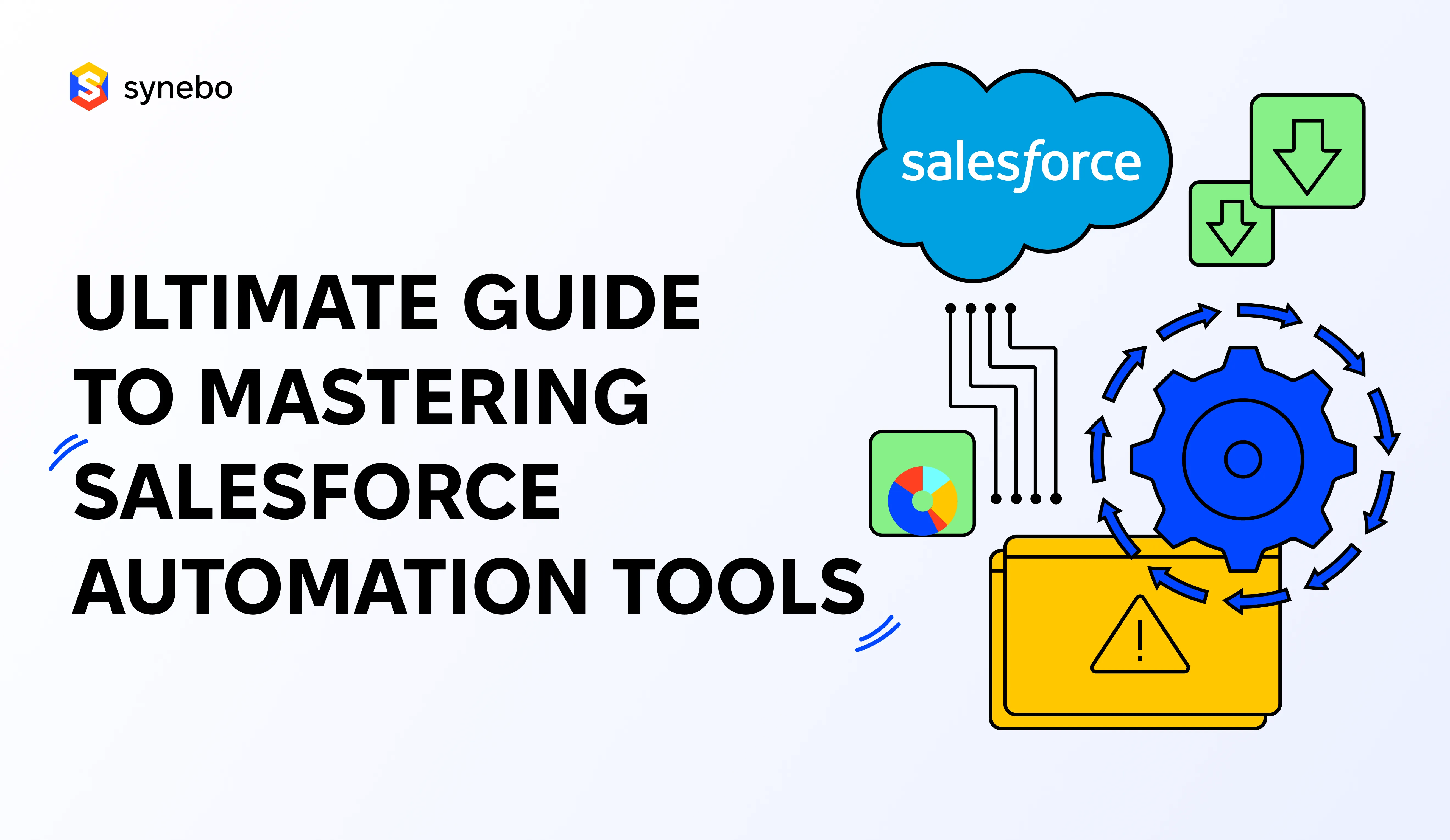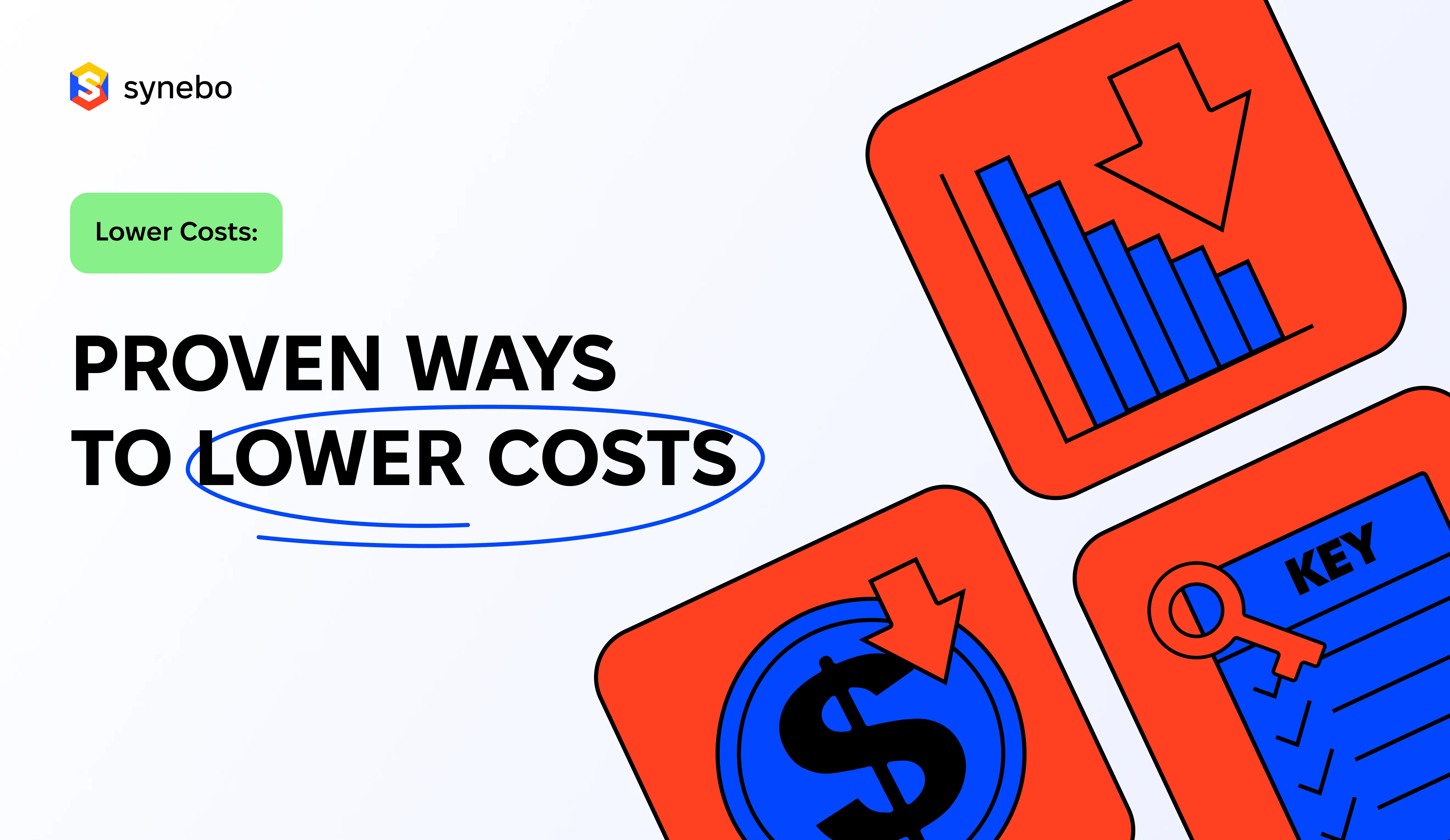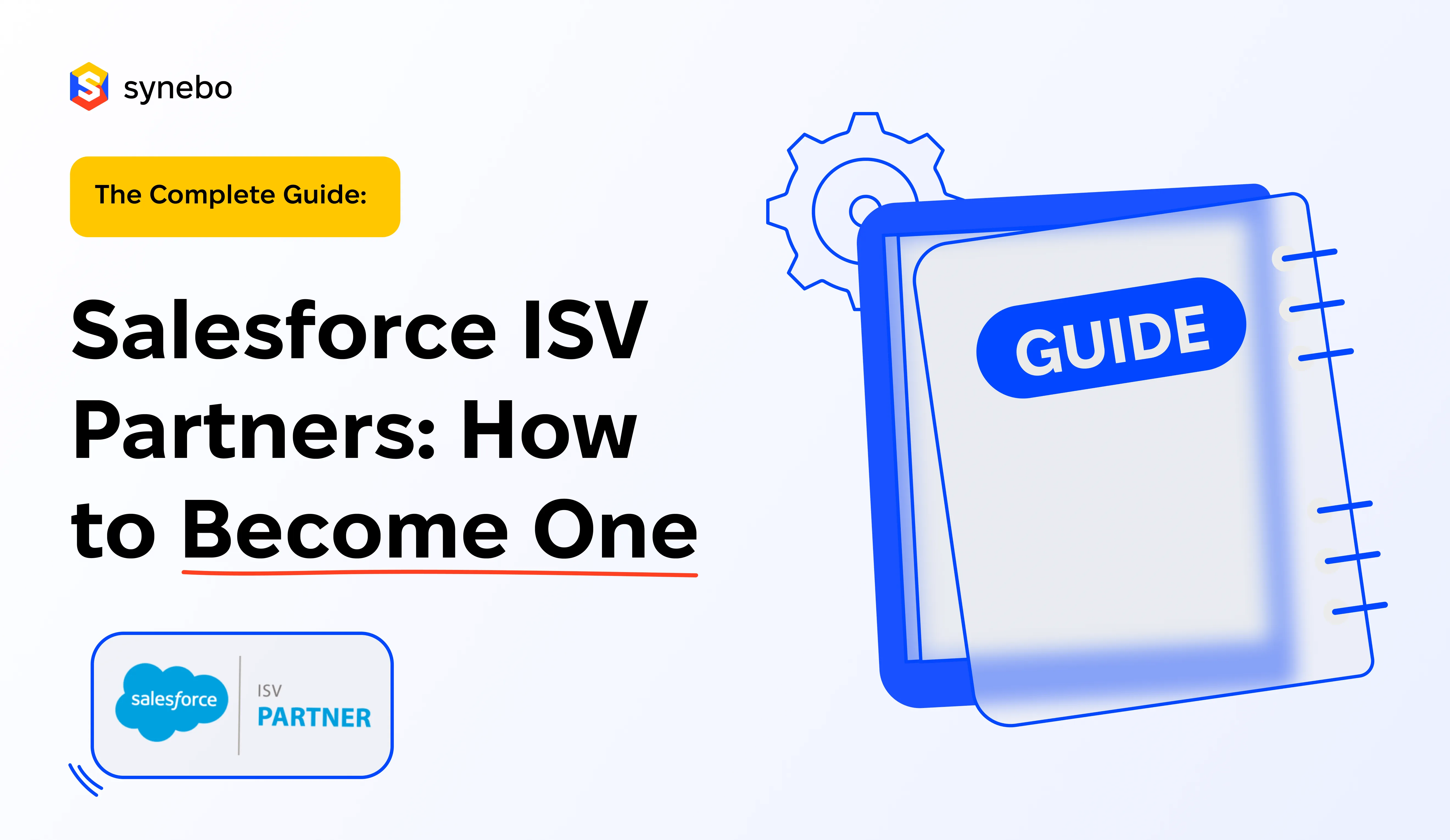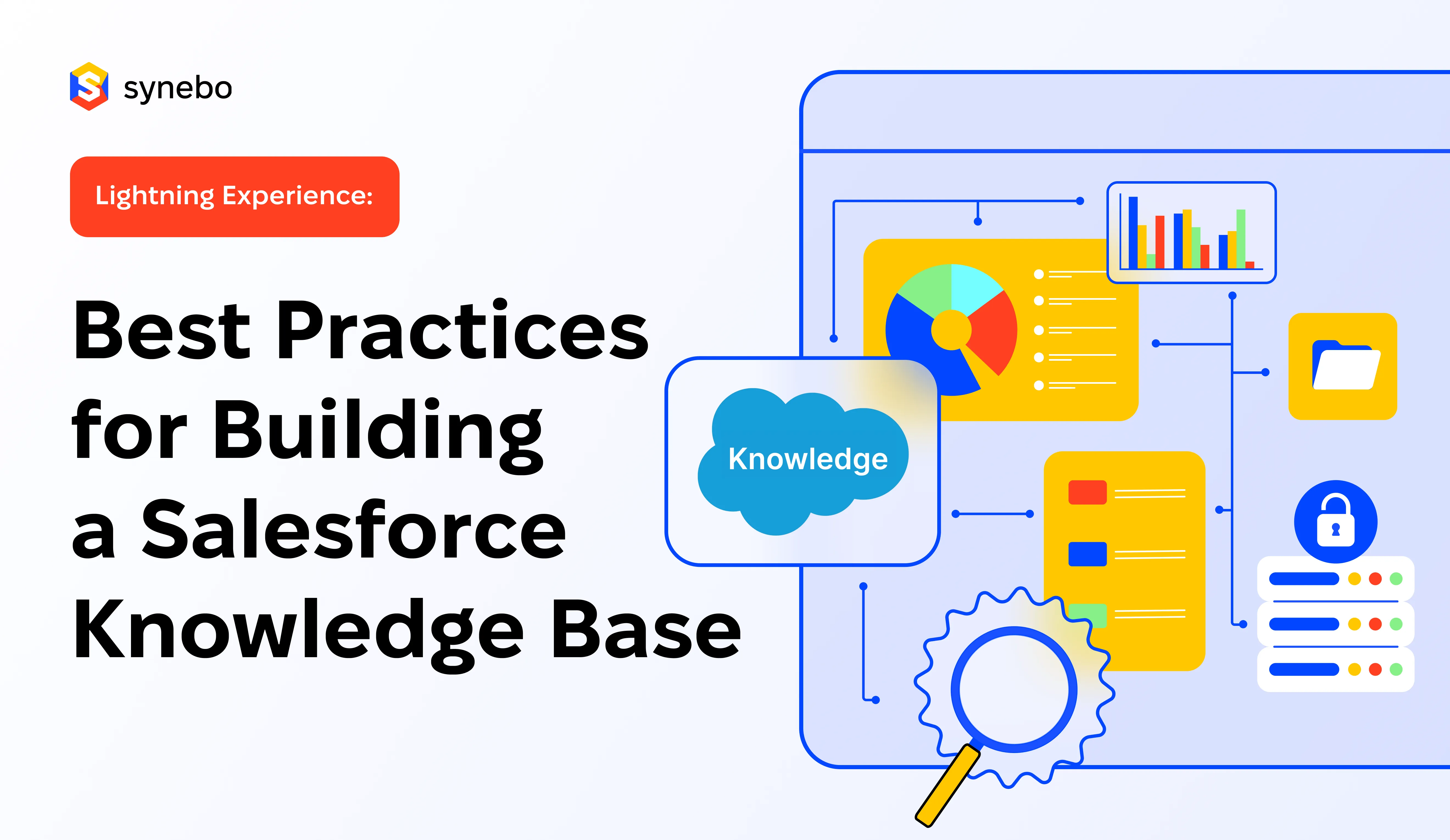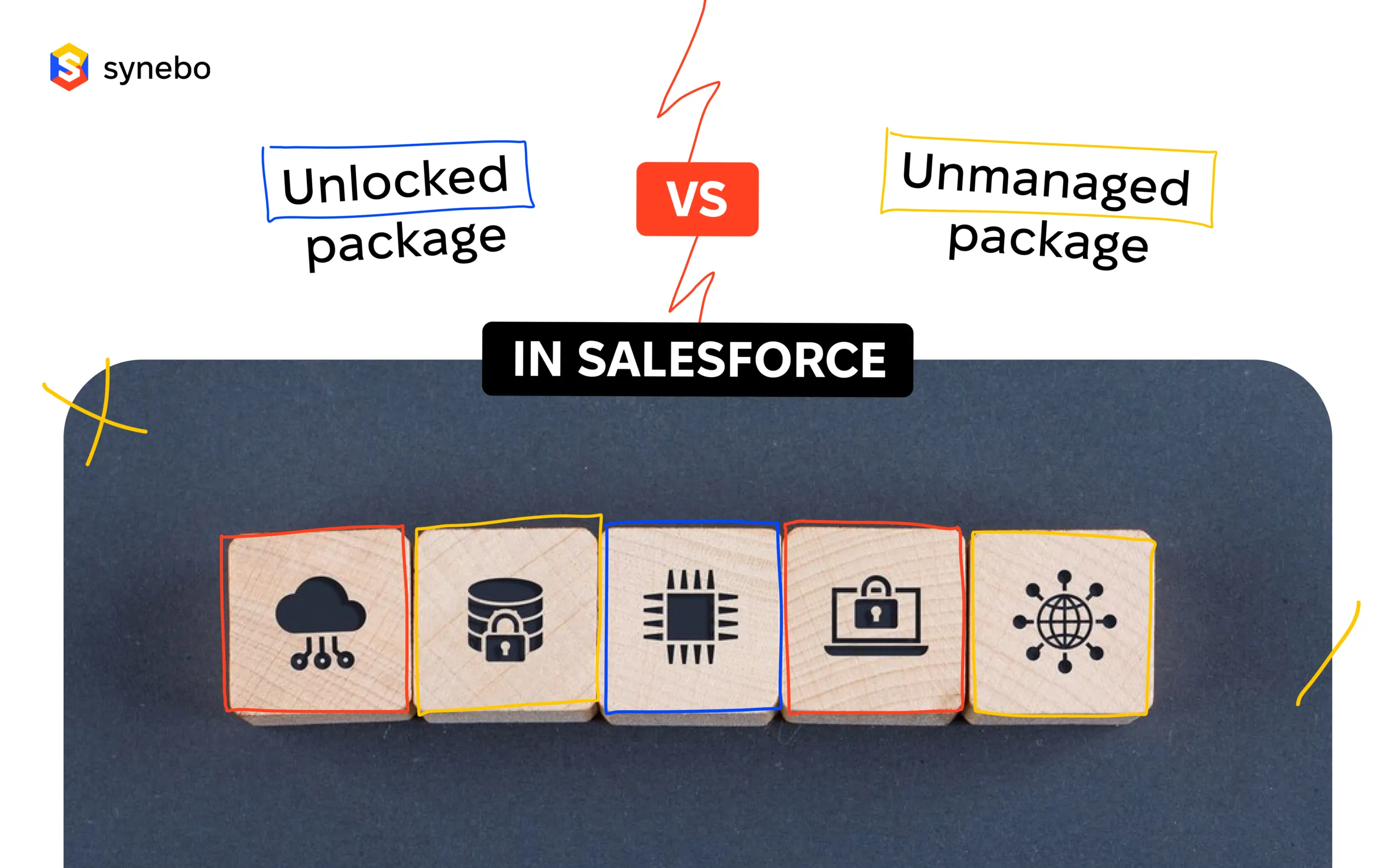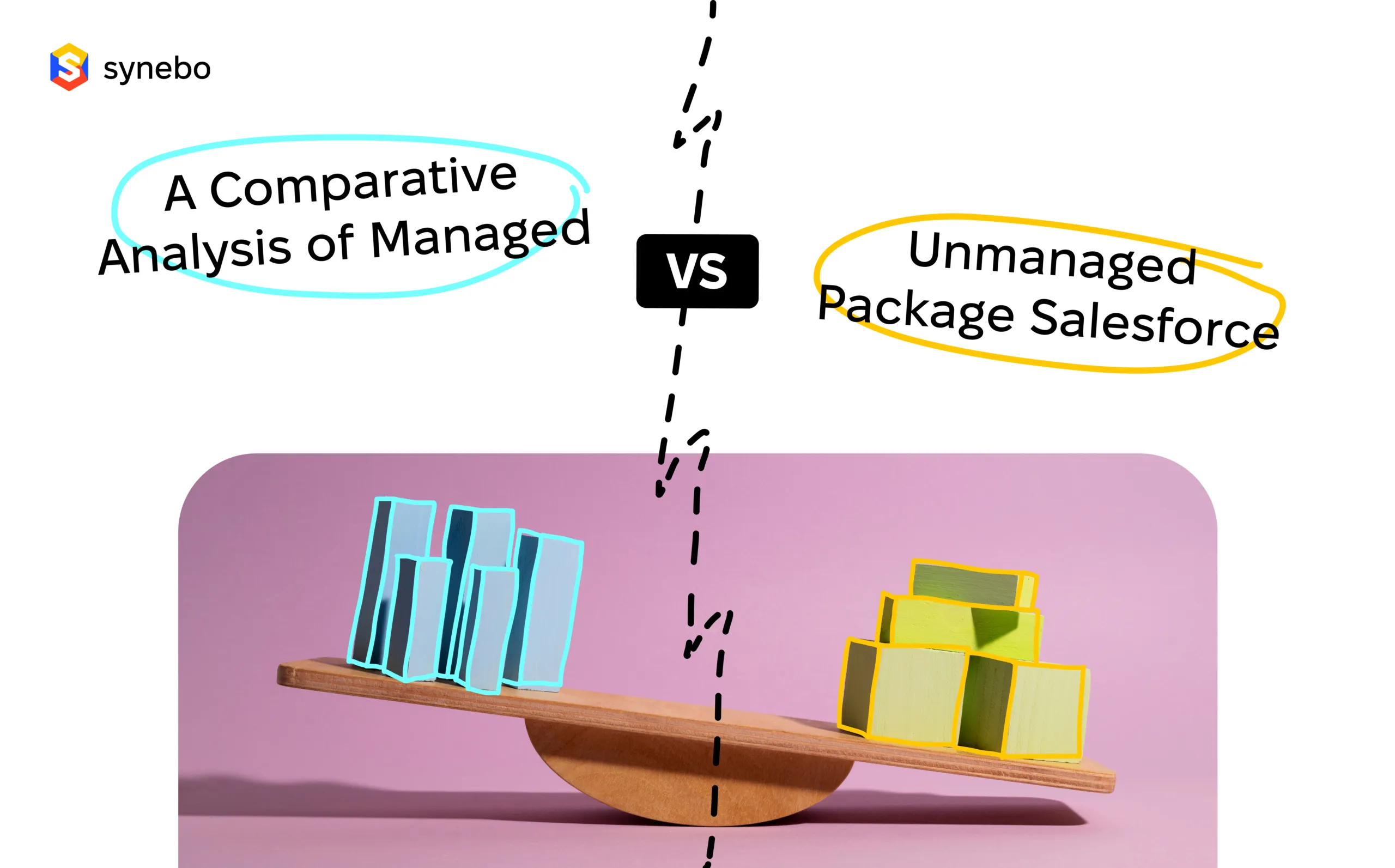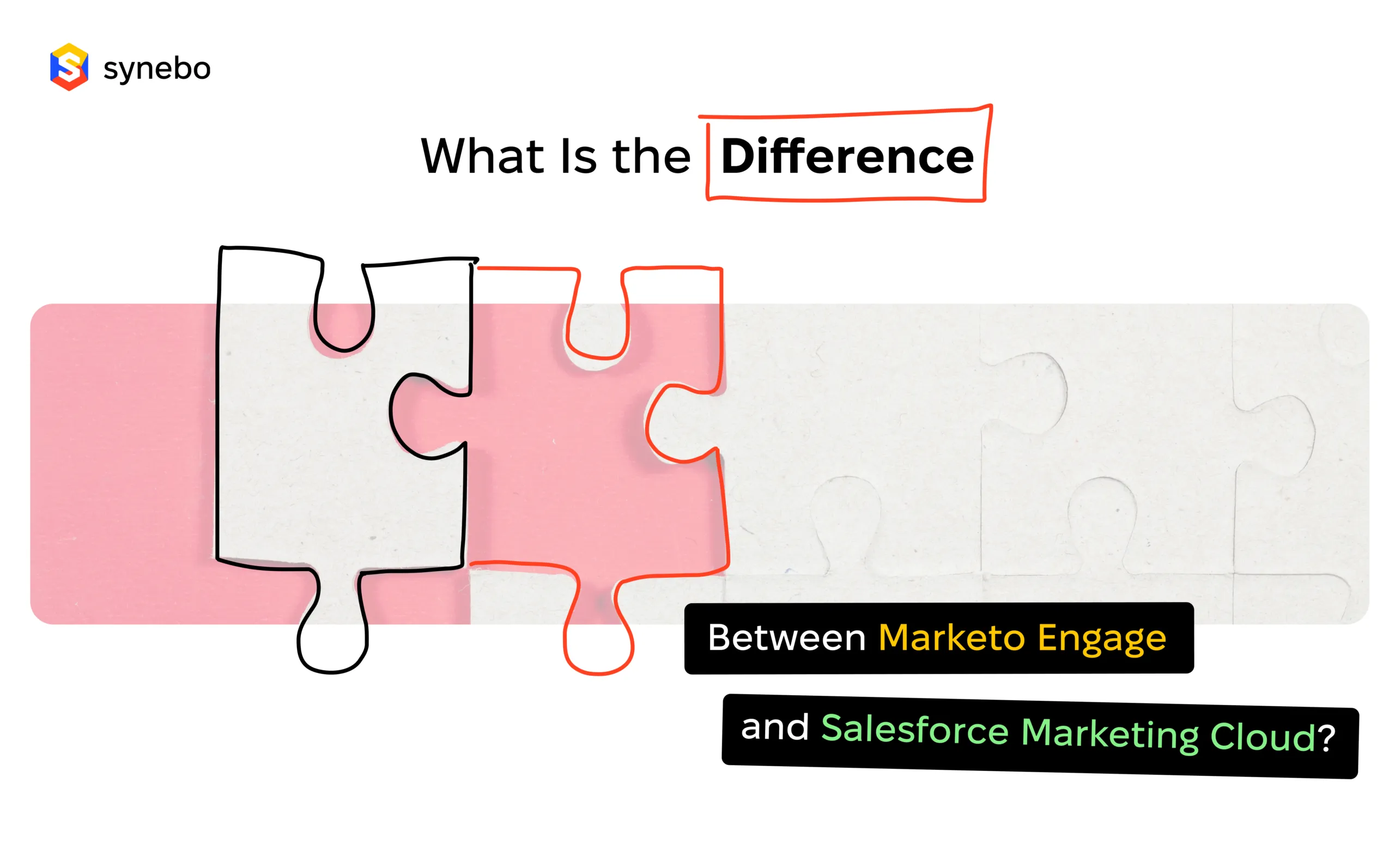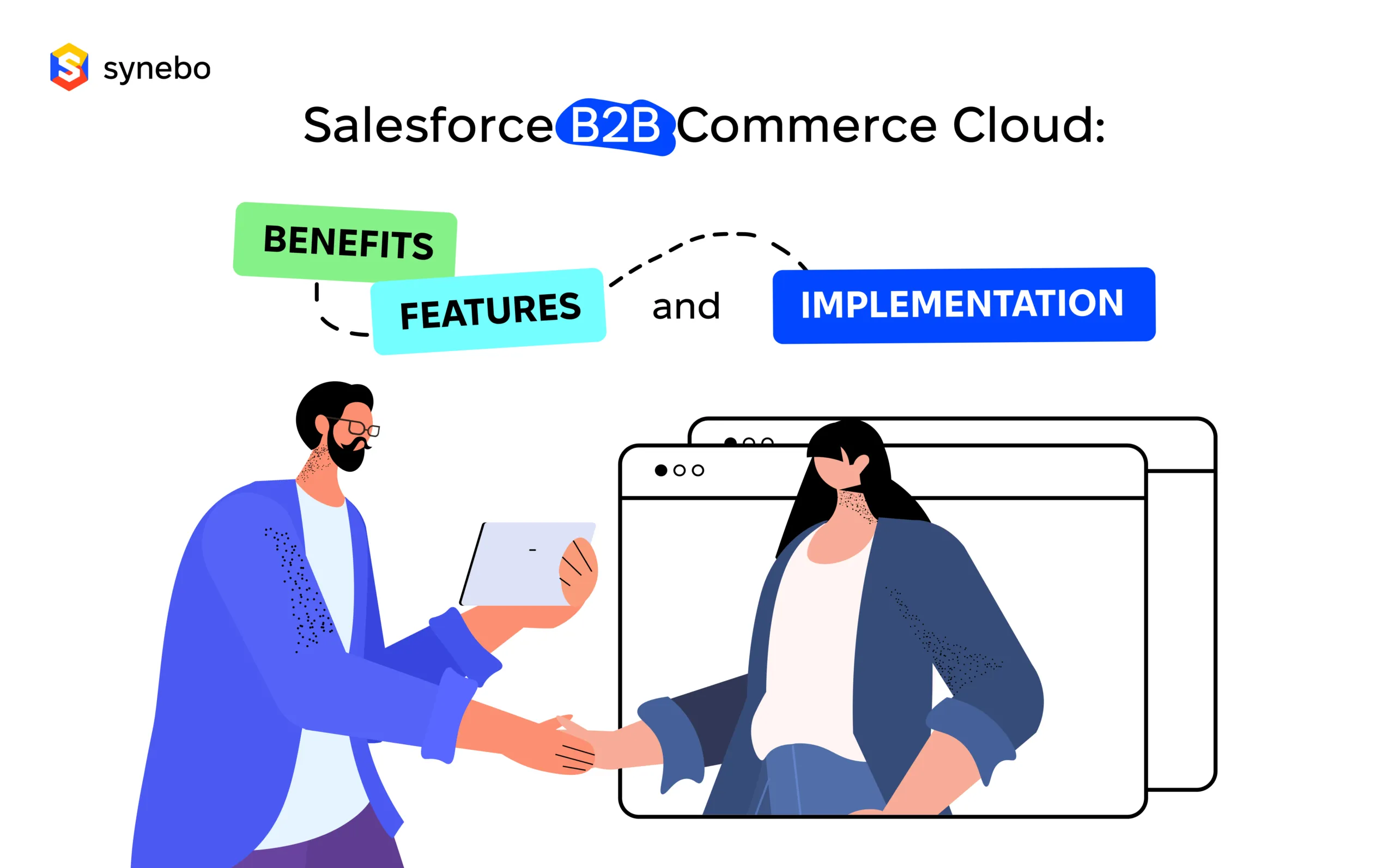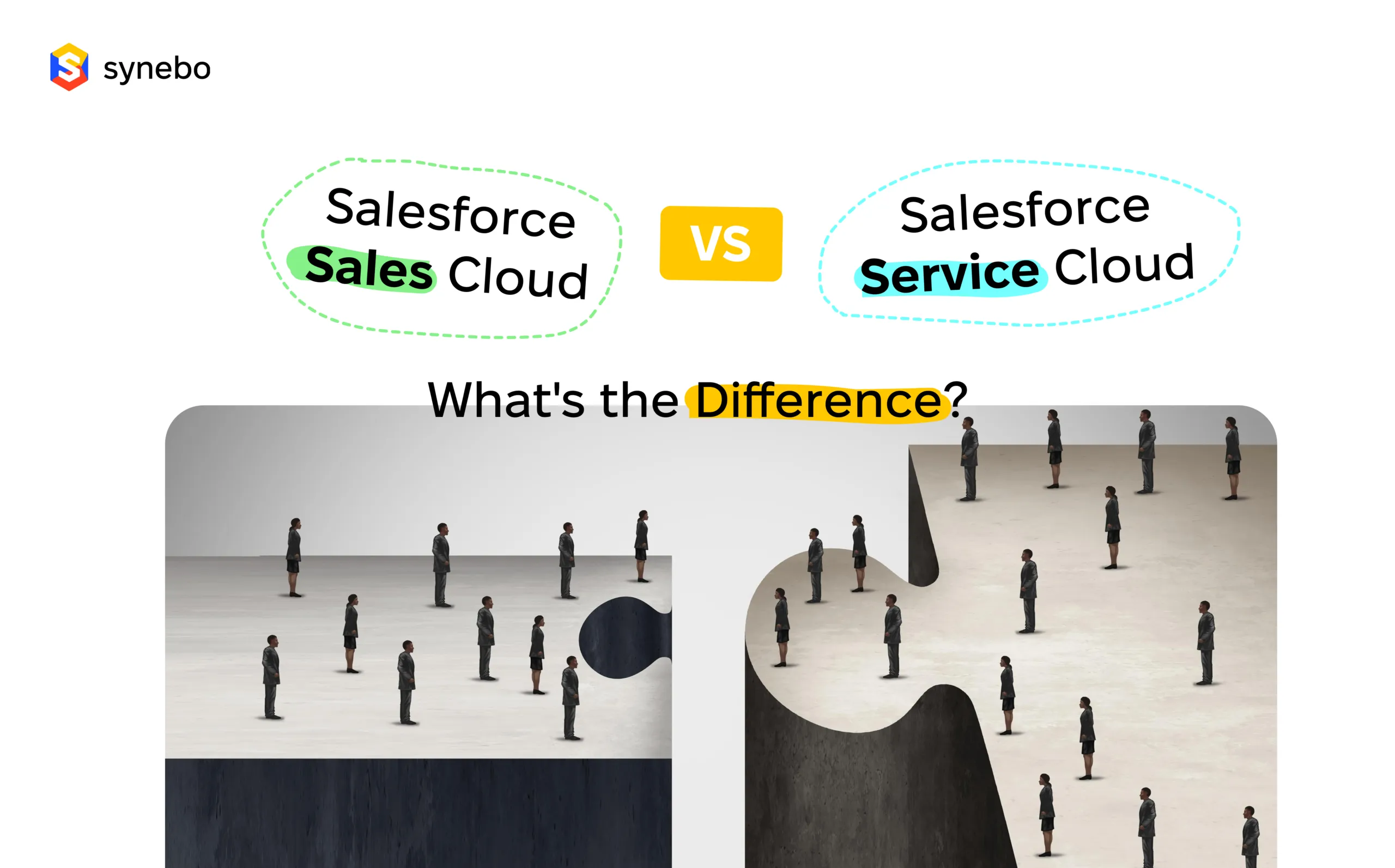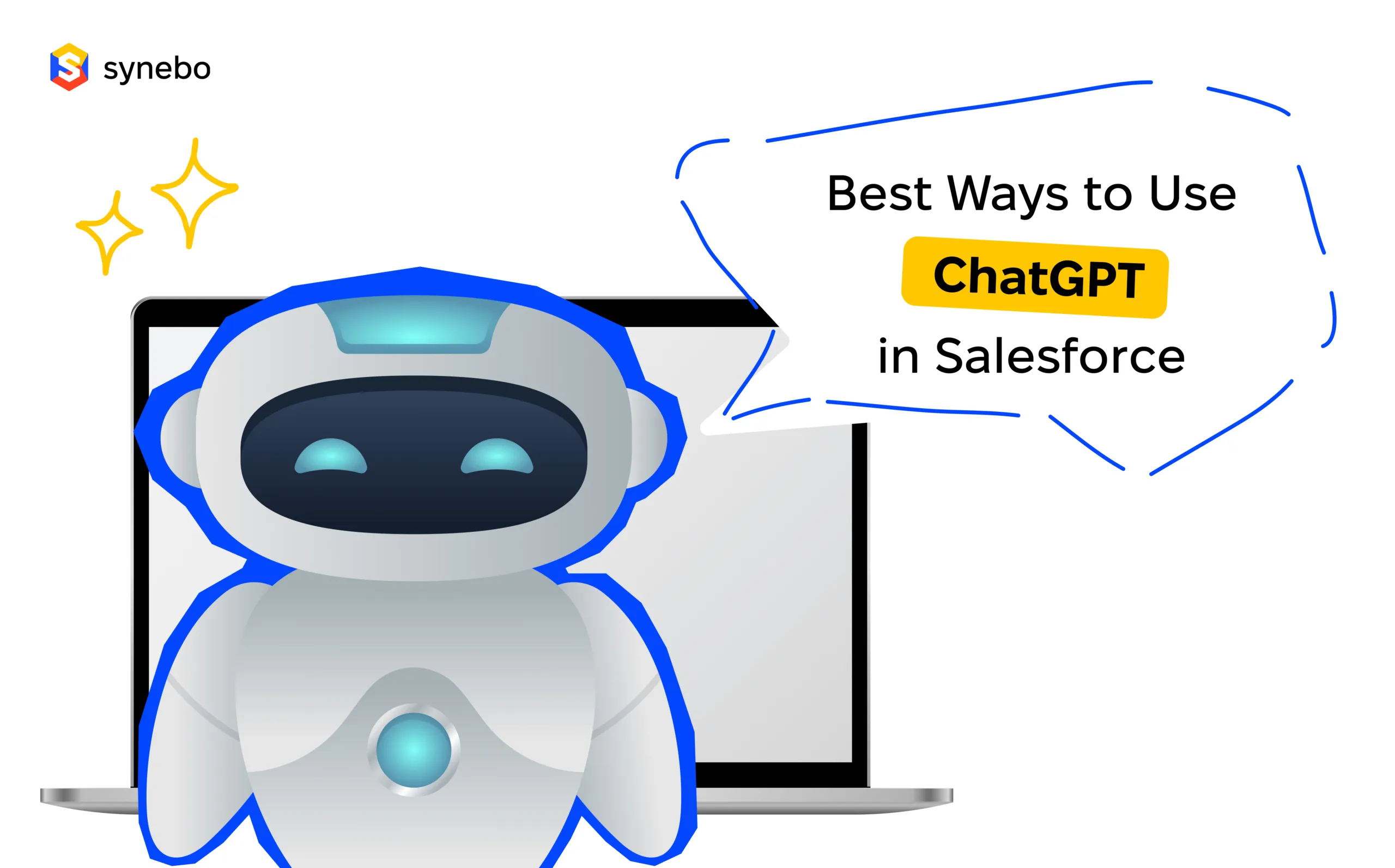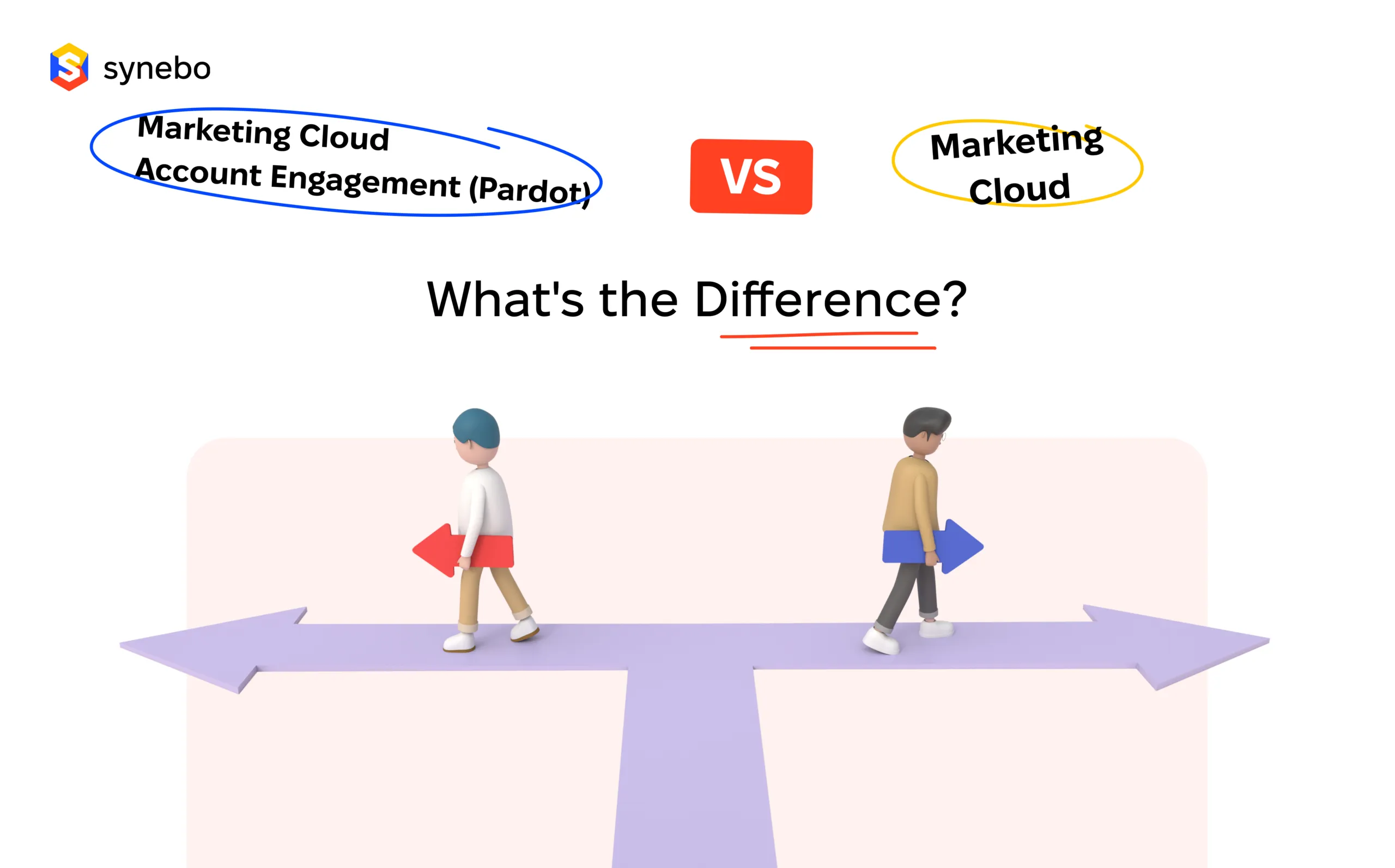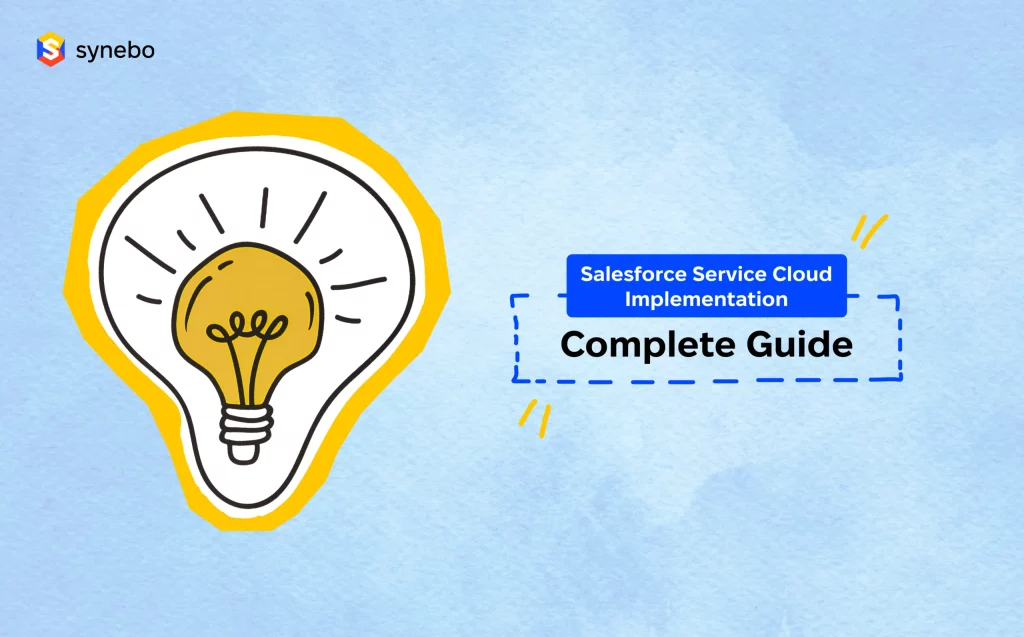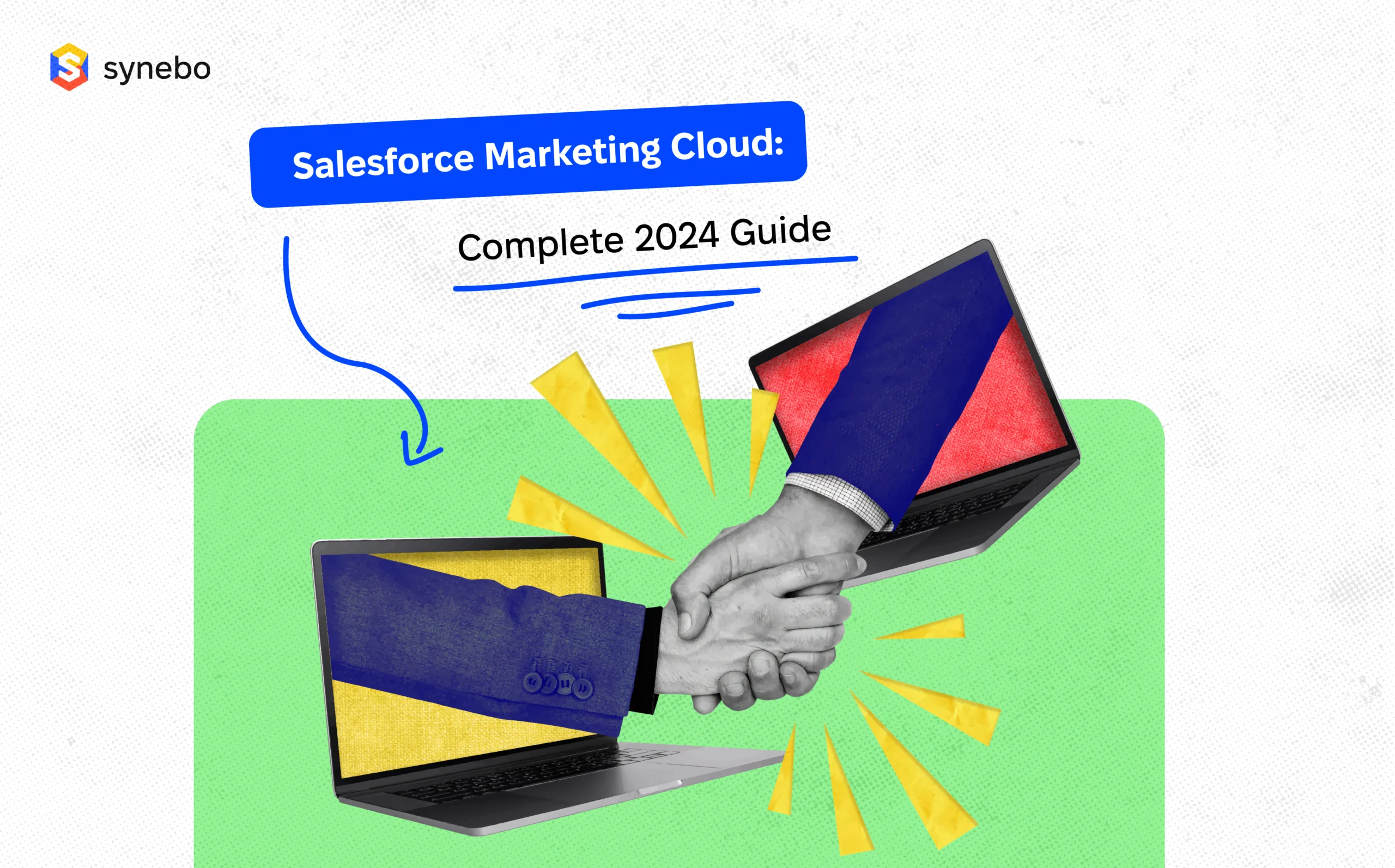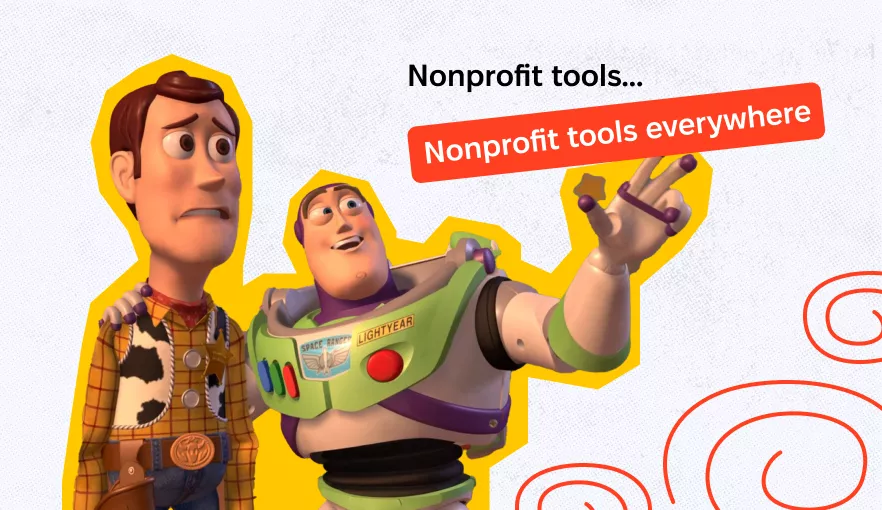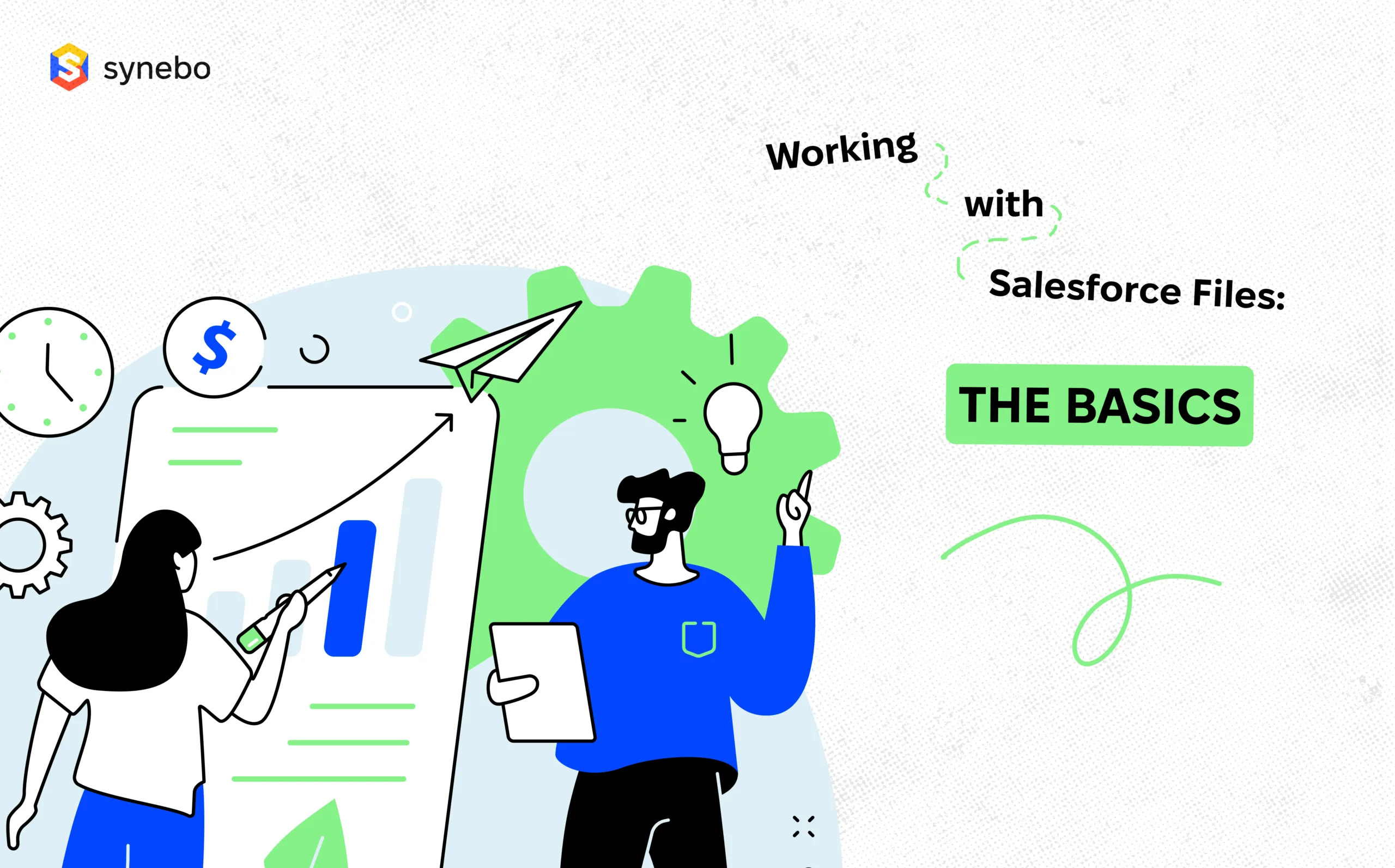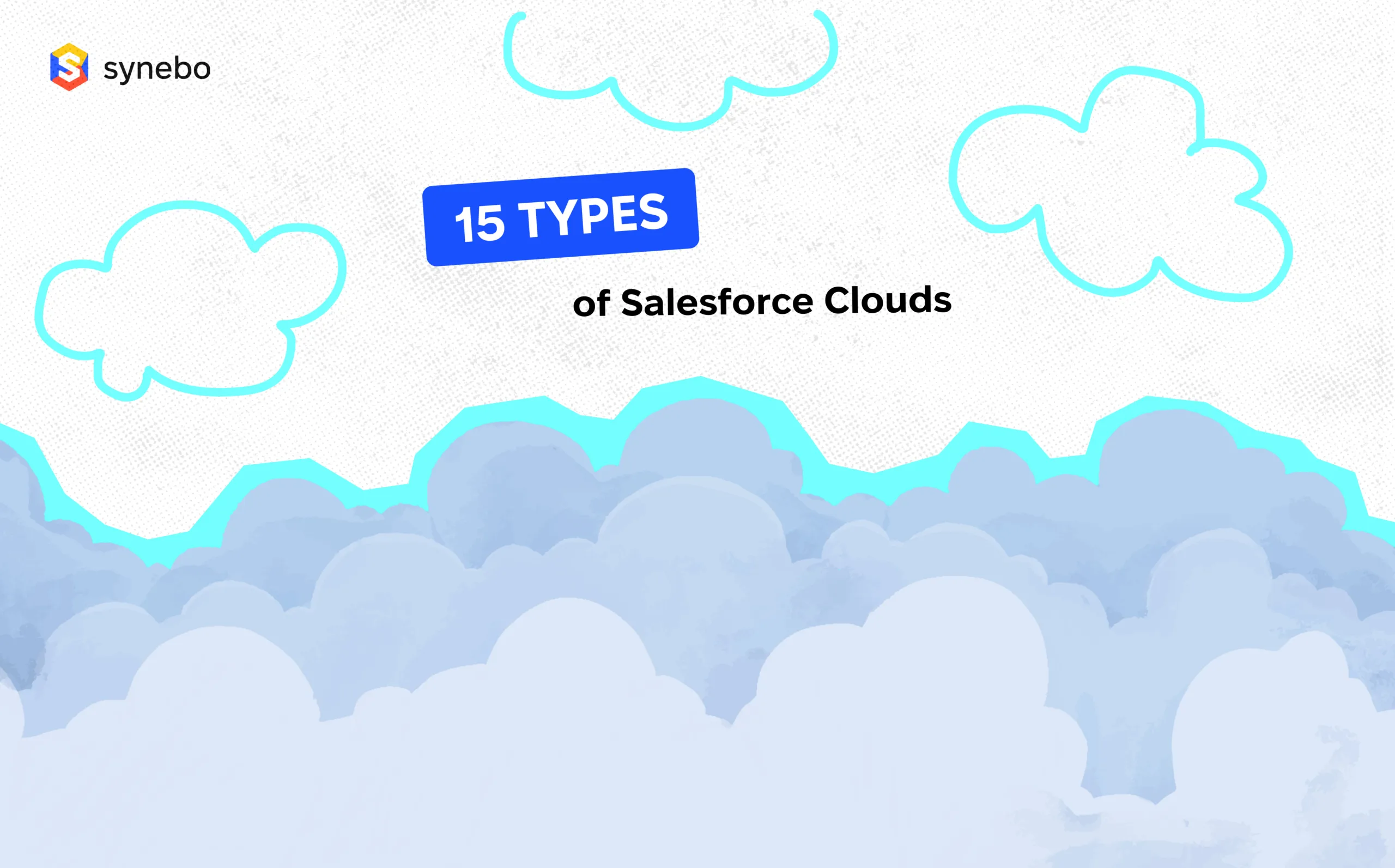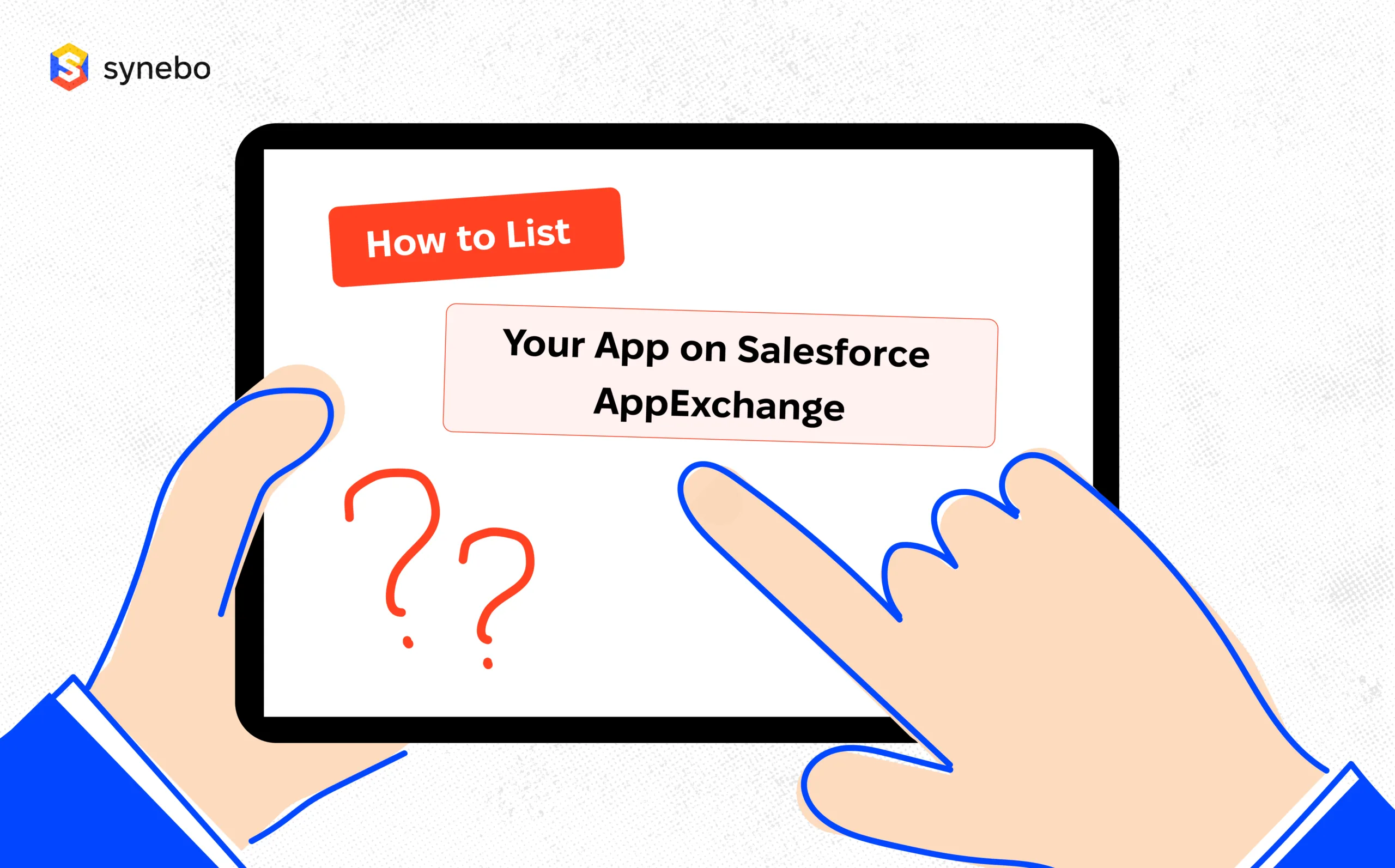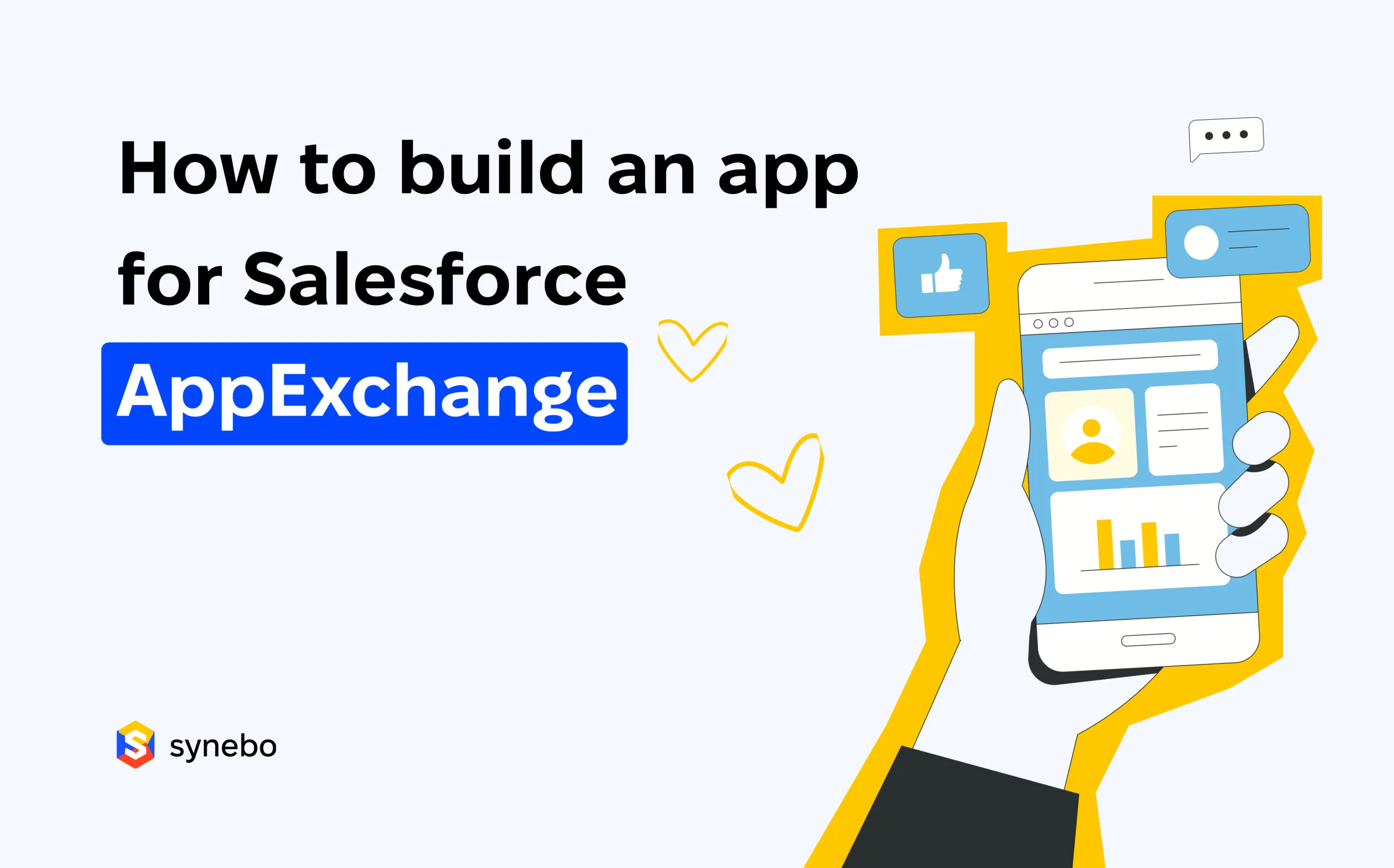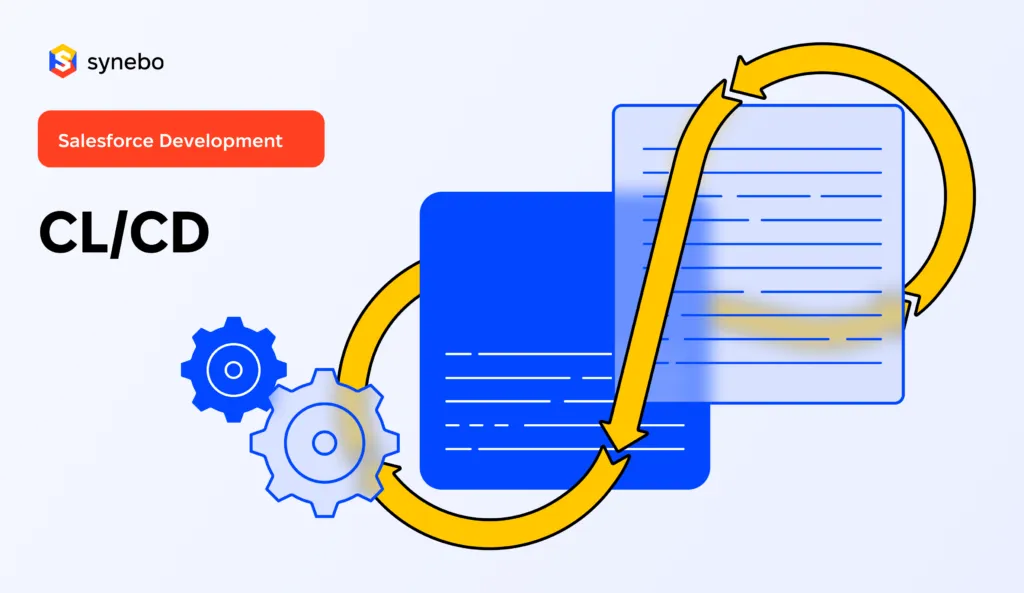How to Run a Salesforce Health Check
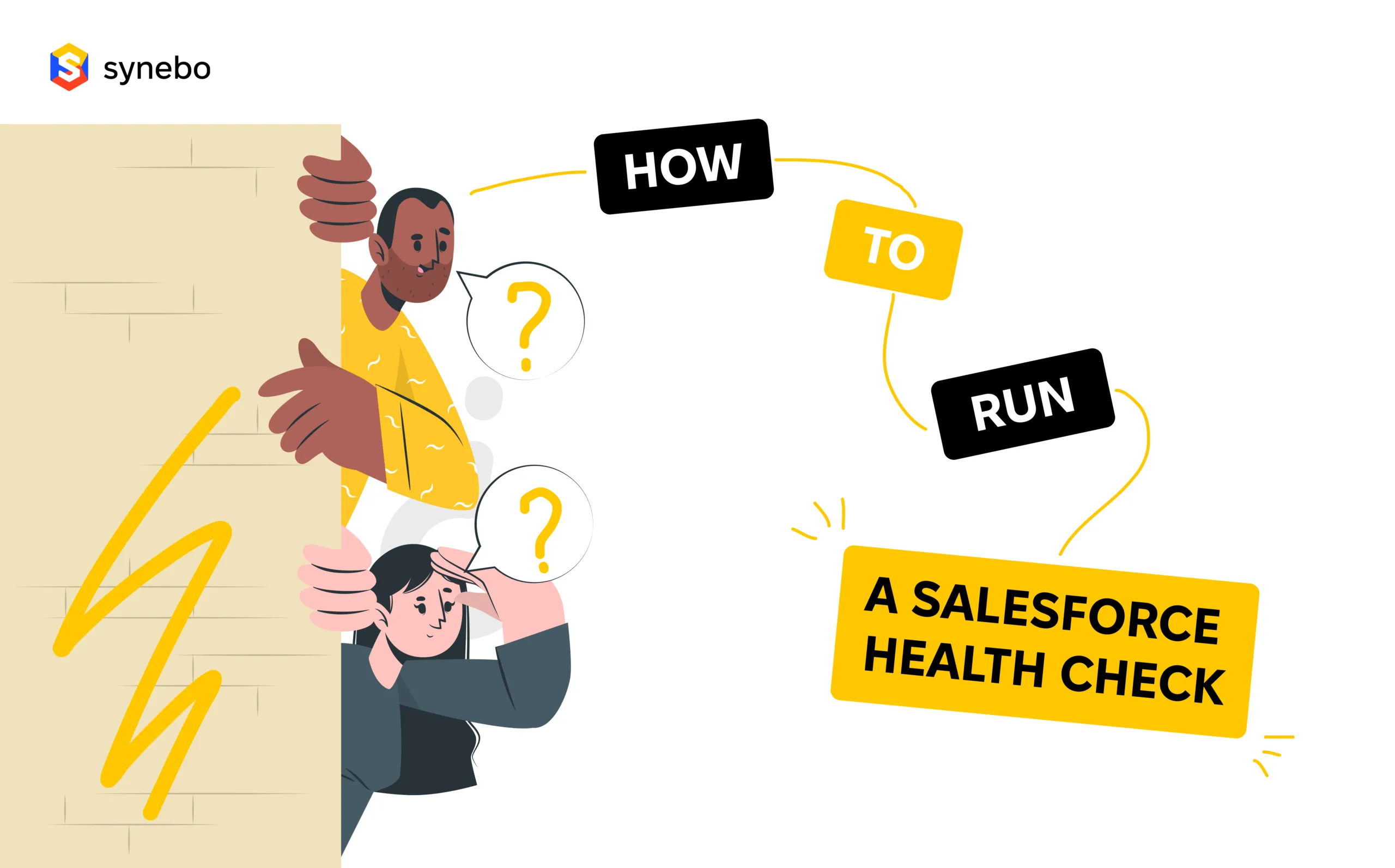
As of 2024, over 150,000 companies worldwide are customers of Salesforce. Having complex software systems in place obligatesto continuously monitor its performance and viability. After all, any software tends to perform worse over time. Not to mention the constraint updates of the Salesforce environment, that necessitate making improvements in order to use relevant software.
In this post, you’ll discover more about the Salesforce Health check, learn why it’s important to run an evaluation for the Salesforce System, what indications evidence the need for urgent examination, and how to conduct the Salesforce Health check step-by-step. Besides, you’ll explore the best Salesforce Health Check practices and top tools to run the Salesforce system’s health check aside but Salesforce health.
What is Salesforce Health Check?
Salesforce Health Check is a built-in Salesforce tool that enables to evaluate the security settings of your Salesforce environment against a set of best practice standards.
Salesforce Health Check provides a comprehensive evaluation of the org’s security settings compared to Salesforce-recommended best practices. It generates a Health Check score, indicating the overall security health of the org, and offers actionable recommendations to improve security settings and reduce potential vulnerabilities.
By using Salesforce Health Check, administrators can proactively manage and enhance the security posture of their Salesforce environment. The reported Health Check score allows C-level executives and stakeholders to make strategic decisions regarding software updates, infrastructure modifications, user training needed, etc.
Looking for a Salesforce consultation? Reach out to Synebo and let’s discuss.
Why Is It Important To Run A Salesforce Health Check
Without further ado, running a Salesforce Health check is more than advantageous, as will be detailed in this post. Let’s get started by reviewing four ways in which security health check Salesforce impacts business:
#1 It provides a general overview of the Salesforce-based solutions’ health and performance
A Salesforce Health Check provides a holistic evaluation of your org’s health, encompassing security and configuration metrics. This appraisal is crucial for ensuring that your Salesforce solutions are aligned with your organizational objectives and are delivering optimal results.
#2 It helps identify errors and weaknesses in the system, as a part of a broader audit
By benchmarking your org against Salesforce’s best practices, the Health Check pinpoints potential vulnerabilities and errors. Addressing these issues proactively is vital for safeguarding your Salesforce environment against security threats and operational disruptions.
#3 It offers to discover customization and enhancement possibilities
The Health Check goes beyond identifying weaknesses; it also reveals opportunities for customization and enhancements. Leveraging these insights can help you tailor your Salesforce org to your specific business needs, thereby unlocking new efficiencies and capabilities.
#4 It makes users more knowledgeable and boosts engagement
Implementing a Salesforce Health Check fosters a culture of continuous improvement within your organization. It educates users and administrators about the importance of maintaining a healthy Salesforce org, leading to increased engagement and more effective utilization of the platform.
6 Advantages Of Salesforce Health Check
Let’s review the usefulness of the Salesforce Health check from another perspective. Compared to the absence of regular check-in of the system’s health, here’s what Salesforce Health check using the main and complementary tools has to offer:
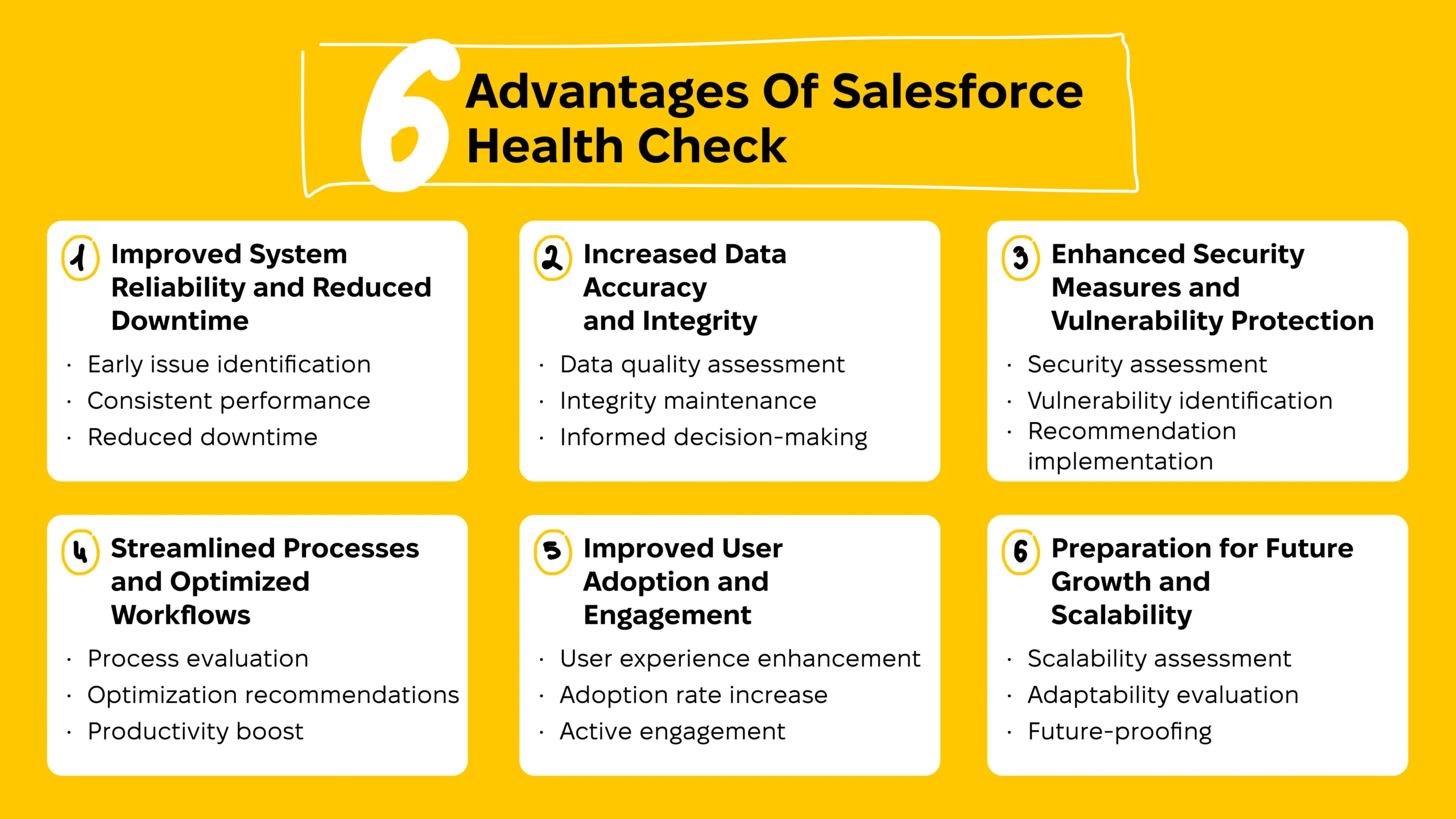
#1 Improved System Reliability and Reduced Downtime
Regular health checks proactively identify potential issues, enhancing system reliability and reducing downtime. By catching problems early, the likelihood of system failures and unexpected interruptions is significantly minimized.
Key components include:
- Early issue identification: Detects potential problems before they escalate, allowing for timely intervention.
- Consistent performance: Ensures the system operates smoothly, minimizing disruptions to business operations.
- Reduced downtime: Decreases the frequency and duration of system outages, ensuring business continuity.
Salesforce Health Check is essential for maintaining a reliable and uninterrupted system, ensuring that your Salesforce org remains operational and efficient.
#2 Increased Data Accuracy and Integrity
Salesforce Health Check ensures data quality by identifying inconsistencies, crucial for informed decision-making. Maintaining high data accuracy and integrity is essential for generating reliable reports and analytics.
Key components include:
- Data quality assessment: Evaluates the accuracy and consistency of data, ensuring it meets business standards.
- Integrity maintenance: Preserves the reliability and trustworthiness of data, preventing errors and discrepancies.
- Informed decision-making: Provides a solid foundation for making data-driven business decisions, enhancing strategic planning.
Regular health checks are key to maintaining data accuracy and integrity in Salesforce, ensuring that your business decisions are based on reliable information.
#3 Enhanced Security Measures and Vulnerability Protection
Salesforce Health Check strengthens security by highlighting vulnerabilities and recommending improvements. It evaluates security settings against best practices, ensuring that your org is protected against potential threats.
Key components include:
- Security assessment: Reviews security settings and identifies areas that do not meet best practice standards.
- Vulnerability identification: Highlights potential security risks, allowing for proactive measures to mitigate threats.
- Recommendation implementation: Provides guidance for enhancing security measures, ensuring a robust defense against cyber attacks.
Implementing a Salesforce Health Check is vital for robust security and vulnerability protection, safeguarding your org against unauthorized access and data breaches.
#4 Streamlined Processes and Optimized Workflows
Salesforce Health Check identifies areas for process improvement, leading to increased efficiency and productivity. It helps streamline workflows, eliminating bottlenecks and redundancies.
Key components include:
- Process evaluation: Identifies inefficiencies in workflows, pinpointing areas for optimization.
- Optimization recommendations: Suggests enhancements for better performance, streamlining operations.
- Productivity boost: Results in more efficient and effective operations, maximizing resource utilization.
A Salesforce Health Check is crucial for streamlining processes and optimizing workflows, enhancing the overall efficiency of your Salesforce org.
#5 Improved User Adoption and Engagement
By optimizing the Salesforce org, a health check enhances user experience, leading to higher adoption rates and engagement. It ensures that the platform is user-friendly and meets the needs of its users.
Key components include:
- User experience enhancement: Improves the usability and functionality of the platform, making it more intuitive for users.
- Adoption rate increase: Encourages more users to actively engage with the system, boosting overall adoption.
- Active engagement: Leads to more productive and satisfied users, enhancing collaboration and efficiency.
Conducting a Salesforce Health Check is essential for improving user adoption and engagement, ensuring that users are making the most of the Salesforce platform.
#6 Preparation for Future Growth and Scalability
Regular health checks ensure that your Salesforce org is scalable and adaptable, ready for future growth. It assesses the org’s ability to handle increased workloads and evolving business needs.
Key components include:
- Scalability assessment: Evaluates the org’s capacity to accommodate growth, ensuring it can handle more users, data, and transactions.
- Adaptability evaluation: Ensures the system can evolve with changing business requirements, maintaining its relevance and effectiveness.
- Future-proofing: Prepares the org for upcoming challenges and opportunities, ensuring it remains a valuable asset to the business.
Salesforce Health Check is vital for preparing your org for future growth and scalability, ensuring it can adapt and thrive in a dynamic business environment.
Need assistance from a trusted provider of Salesforce development services? Drop Synebo a line.
When Should You Run Salesforce Health Check: 5 Indicators
Now let’s move on to reviewing several indicators that evidence the need for an urgent Salesforce Health check and how this instrument can help you address arising issues:
Indicator 1: Declining User Adoption Rate
If you notice a decrease in the number of users actively engaging with Salesforce, it might indicate underlying issues with usability or functionality.
- User feedback: Gather user feedback to identify specific pain points.
- Training needs: Assess if additional training or support is required.
A health check can identify areas for improvement to enhance user experience and boost adoption rates.
- Usability enhancements: Implement changes to improve the interface and navigation.
- Customization: Tailor Salesforce features to better suit user needs.
Indicator 2: Business Progress Not Meeting Expectations
When your business outcomes are not aligning with your goals despite using Salesforce, it could be a sign that your org is not optimized effectively.
- Performance metrics: Review key performance indicators (KPIs) to identify discrepancies.
- Alignment with goals: Ensure Salesforce configurations support your business objectives.
A health check can help pinpoint inefficiencies and provide recommendations to align Salesforce with your business objectives.
- Process optimization: Streamline workflows for better efficiency.
- Feature utilization: Leverage Salesforce features that align with your business goals.
Indicator 3: Reliance on Manual Processes Despite Salesforce Implementation
If your team is still heavily reliant on manual processes despite having Salesforce in place, it’s a clear indicator that your org might not be leveraging Salesforce’s full potential.
- Process mapping: Identify manual processes that can be automated.
- Integration opportunities: Explore options to integrate external systems with Salesforce.
A health check can identify opportunities for automation and process improvement.
- Automation solutions: Implement workflow automation and process builders.
- Custom development: Develop custom solutions to address specific needs.
Indicator 4: Complexity and Difficulty in Following Processes
When users find it challenging to navigate through processes within Salesforce, it can lead to errors and reduced efficiency.
- User experience analysis: Assess the complexity of the user interface and process flows.
- Simplification opportunities: Identify areas where processes can be simplified.
A health check can assess the complexity of your org and suggest ways to simplify workflows and enhance user experience.
- Workflow redesign: Simplify complex workflows for easier execution.
- User training: Provide targeted training to help users navigate processes more effectively.
Indicator 5: Challenges in Keeping Up with Salesforce Updates
Salesforce regularly releases updates to enhance its platform. If your org struggles to adapt to these changes, it could lead to compatibility issues and missed opportunities for improvement.
- Update review: Regularly review Salesforce release notes to understand new features and changes.
- Compatibility checks: Ensure customizations and integrations are compatible with new updates.
A health check can ensure that your org is up-to-date and taking full advantage of new features and enhancements.
- Update implementation: Apply relevant updates and new features to your org.
- Continuous learning: Encourage ongoing learning to keep up with Salesforce advancements.
Need Salesforce help from a trusted and certified agency? Let the Synebo team address Salesforce-related issues you struggle with.
Conducting Salesforce Health Check: Step-by-Step Guide
Conducting a Salesforce Health check heavily depends on the suite of instruments and methods chosen. However, it’s possible to outline the general roadmap and point out on main actions to be done:
Step 1: System Configuration and Customization Assessment
Review your org’s setup and customizations to ensure they align with best practices and business requirements.
- Audit customizations: Evaluate custom fields, objects, and layouts for relevance and efficiency.
- Check configuration settings: Verify that configuration settings are optimized for your business processes.
This will help to identify areas for improvement or simplification to enhance system usability and maintainability.
Pro tip: Use a version control system to track changes and facilitate easier collaboration and rollbacks if necessary.
Step 2: Security Settings Evaluation
Assess your org’s security settings to ensure they provide adequate protection against unauthorized access and data breaches.
- Review user permissions: Ensure that users have appropriate access levels based on their roles.
- Inspect security controls: Check password policies, session settings, and other security controls.
Then, implement recommendations to strengthen security measures and comply with industry standards.
Pro tip: Utilize data quality dashboards for real-time monitoring and prompt issue resolution.
Step 3: Data Quality Review
Evaluate the quality of data within your Salesforce org to ensure accuracy and reliability.
- Identify duplicate records: Use tools to detect and merge duplicate entries.
- Assess data completeness: Check for missing or incomplete data fields that may impact decision-making.
Based on the review, you can develop strategies to improve data quality, such as implementing validation rules and regular data cleansing routines.
Pro tip: Conduct regular load testing to ensure your org can handle increased loads without performance issues.
Step 4: Performance and Scalability Analysis
Analyze the performance of your Salesforce org and its ability to scale with your business growth.
- Monitor system performance: Use tools to track page load times, report generation times, and other performance metrics.
- Evaluate scalability: Assess whether your org can handle increased data volumes and user counts.
Deriving from the results of scalability analysis, make necessary adjustments to optimize performance and ensure scalability for future needs.
Pro tip: Encourage continuous improvement in automation processes to enhance efficiency and productivity.
Step 5: Automation and Workflow Examination
Review existing automation and workflows to ensure they are efficient and aligned with business processes.
- Audit automation rules: Check workflow rules, process builders, and flows for effectiveness and efficiency.
- Assess integration points: Ensure that integrations with external systems are functioning correctly and efficiently.
Use the results of the examination to identify opportunities to streamline processes and enhance automation for improved productivity.
Pro tip: Encourage continuous improvement in automation processes to enhance efficiency and productivity.
Looking for a provider of Salesforce implementation or Salesforce integration services? Reach out to Synebo and let’s discuss.
Salesforce Health Check: 3 Best Practices
Next, let’s discover what best practices for checking Salesforce Health expert developers, like Synebo, follow:
Utilization of Tools and Methodologies for Precise Evaluation
Leverage specialized tools, which will be provided in the following section, for a thorough assessment. Research on the latest methodologies that align with industry best practices. Keep in mind that with Salesforce and your particular system updates the approaches can differ.
Conducting Data Analysis and Reporting Post-Health Check
Your main purpose with Salesforce Health check — gather data to uncover trends and insights. Once you have the pool of information, generate detailed reports that highlight key findings, such as security vulnerabilities, configuration issues, and performance bottlenecks. Use data visualization techniques to present the results in a clear and understandable manner.
Formulating Recommendations and Action Plans for Identified Issues
As a logical outcome of your check, you should develop actionable recommendations based on the health check findings. Prioritize these recommendations based on their impact on business operations and security. Create a detailed action plan with defined timelines and responsibilities for implementing the recommended changes
Best Tools For Running Salesforce Health Check
While Salesforce Health Checkers is the most used tool for checking the overall Salesforce system health, where are other instruments allowing to review the system from different angles or obtain additional insights. Here is basic info about Salesforce Health Checker, as a benchmark, and 5 other tools you may consider using:
#1 Salesforce Health Checker
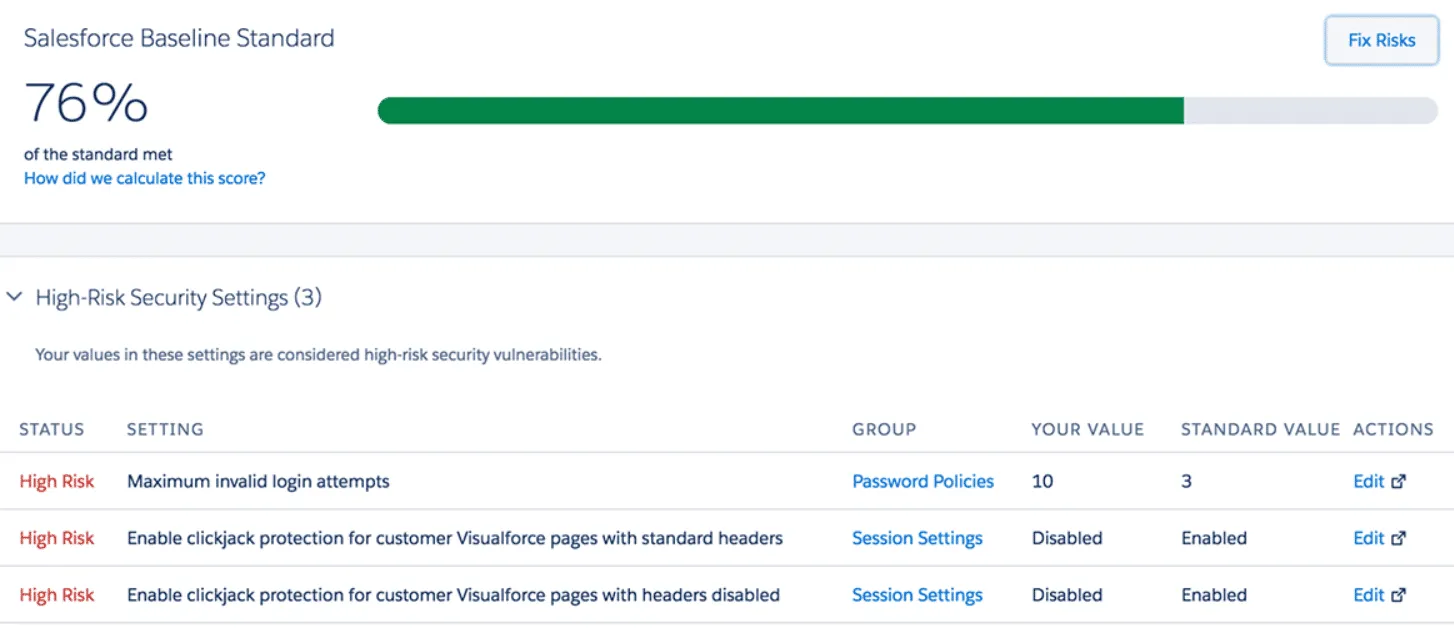
Salesforce Health Checker is a built-in tool that evaluates your org’s security settings against best practices, providing a score and recommendations for improvement.
- Identifies security risks
- Offers remediation advice
- Generates a health score
- Easily set medium to high risk settings to Salesforce Baseline standard with a few clicks
#2 Salesforce Optimizer
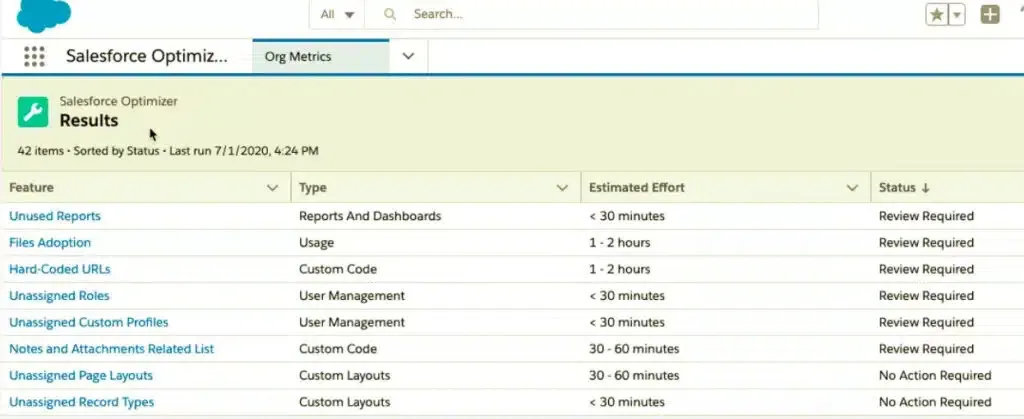
Salesforce Optimizer analyzes your org’s configuration and usage to provide insights and recommendations for optimization.
- Assesses feature usage
- Identifies optimization opportunities
- Provides detailed reports
#3 Apex PMD Tool

Apex PMD tool is a static code analysis tool that helps identify potential issues in your Apex code, ensuring best practices and code quality.
- Detects common coding flaws
- Enforces coding standards
- Supports custom rules
- Looks out for DML operations
- Allows for software query within a for loop
#4 Checkmarx Apex Code Scanner
Checkmarx Apex Code Scanner is a security scanning tool that analyzes Apex code for vulnerabilities, ensuring the security of your Salesforce applications.
- Identifies security vulnerabilities
- Offers remediation guidance
- Integrates with CI/CD pipelines
- Free with limitations, but there is also a paid version.
- Reduces the chance of an array of bugs before the next upgrade.
#5 Salesforce Accelerator
Salesforce Accelerator is a set of tools and resources provided by Salesforce to help customers implement best practices and optimize their Salesforce orgs. Salesforce Accelerator can be availed by organizations that are part of a Salesforce Premier Success Plan.
- Provides expert guidance
- Offers best practice templates
- Accelerates implementation
- Churns out reasons behind the decrease in performance and deep-rooted technical debt
#6 Manual Org Assessment
Manual org assessment is not a tool but rather a function enabling for comprehensive review of your Salesforce org conducted manually by experts to identify areas for improvement and ensure alignment with best practices.
- In-depth analysis of configurations
- Custom recommendations
- Personalized approach
#7 SF Shield
SF Shield, or Salesforce Shield, is a suite of security tools designed to enhance the security of your Salesforce applications. It provides additional layers of protection and monitoring to ensure the integrity and security of your data.
- Encrypts sensitive data
- Monitors user activity
- Maintains audit trails
- Provides security alerts
#8 Einstein Data Detect
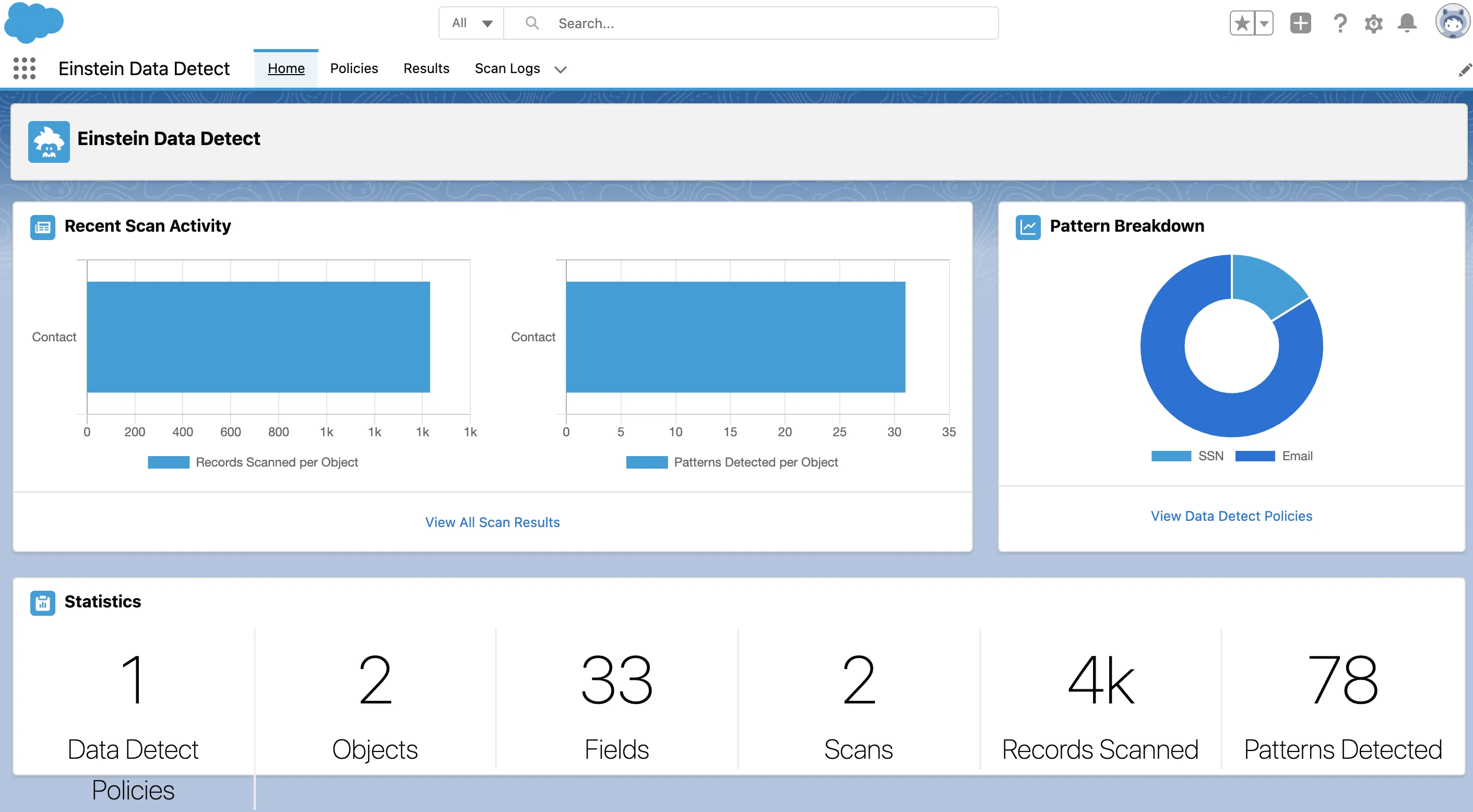
Einstein Data Detect is a tool that leverages artificial intelligence to ensure data integrity and provide insights by monitoring Salesforce data:
- Detects anomalies.
- Generates predictive insights
- Sends automated alerts
- Allows customization
Looking for expert Salesforce development services? Reach out to Synebo certified Salesforce partner and let’s discuss opportunities for your business.
Final Take
Conducting a Salesforce Health Check helps include optimal performance and security of your Salesforce org. By utilizing the right tools and methodologies, conducting thorough data analysis, and formulating actionable recommendations, you can maintain a healthy Salesforce environment that supports your business objectives.
Should you need assistance with setting up or checking your Salesforce system in place, don’t hesitate to apply for help from professional Salesforce developers. Entrust your system to Synebo — a certified Salesforce firm with over 8 years of experience on the market and more than 1000 projects under our belt.
Contact Synebo Salesforce development agency, and let’s discuss your idea.









